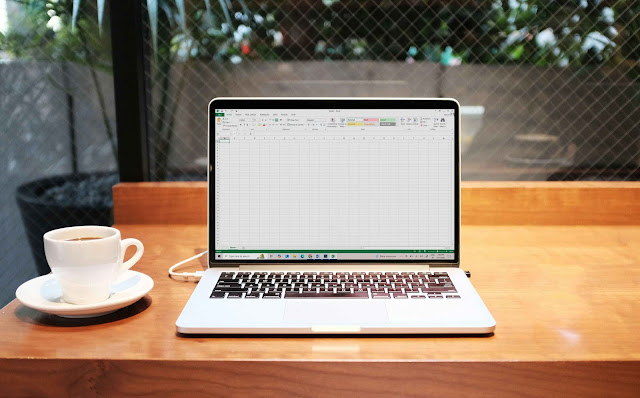How to Use Excel Solver – Step-by-Step Beginner’s
Guide
Excel Solver is a great tool for
Microsoft Excel that allows you to find the best solution to a problem using
large amounts of data. It’s like an expert analyzing everything and giving you
the best answer.
It can be used for this purpose.
- Increasing or decreasing costs (such as profits or costs).
- Write an equation or formula.
- Set thresholds or thresholds for your data.
When should you use Excel Solver?
- Use the following Excel method:
- Do you want to maximize profits or minimize costs?
- You require to hold the proper blend of advantages.
- You want to meet certain conditions (limits).
- You use “What if” test cases.
Where is the solution in Excel?
Before use.
- Go to the top section.
- Click File > Options > Add-ons.
- At the bottom, select Excel Add-ins and click Go.
- Check the Solver Add-ins and click OK.
You will now see the solution in the data section in the upper left corner.
How to Use Excel Solver –
Step-by-Step
Let’s say you want to increase your
profits based on different prices and quantities. Follow these steps:
1. Define your vision.
- Leave room for editing, documentation, and deletion.
- For example, the prices of goods A and B, the return rate and the interest rate.
2. Enter the words you wish to produce.
- Apply a function that computes all figures in one box.
- Index = (That A * That A) + (That B * That B)
3. Click Solve.
- Click Data > Solution.
4. Describe what you need to do.
- Technical aspects:
- Select Focus → Limit.
- You want to select many, few, or many.
5. Add more cells.
- The cell you want to change (for example, one or value) in the “Move Three Cells” field.
6. Add Constraints (optional).
- Click Add and enter the command as shown below.
- Numbers must be whole numbers.
- The price cannot fall below the price level.
- Resources are not updated with available data.
7. Select the solution.
- Choose:
- Simple LP – Suitable for linear problems.
- Nonlinear GRG – nonlinear problem.
- Advanced – for more complex cases.
8. Click Finish.
- The server will display and display the following dialog box.
- Click the dropdown menu.
- Review data and correct if necessary.
Here are some tips on how to use
Solver effectively:
- Always test your plans before using them.
- Keep your concerns realistic.
- Develop analysis rules (the analysis process works best on structured data).
- Click the button to watch.
- Don't settle for one idea, start with one.
Common Excel Functions
- Finance.
- Division
- Work Schedule.
- Project Management.
- Mixed Food.
---> If you're working with large tables, also check out our guide on How to Use VLOOKUP in Excel to efficiently extract data using lookup values.
Conclusion
Excel Solver is more than just software—it’s a smart decision-making program built right into Excel. Whether you’re managing a budget, calculating revenue, or tracking inventory, having the right solution at the right time can make all the difference. When you learn how to use Excel Solver, you unlock the ability to make quicker, smarter choices based on data.
Instead of spending hours testing different values by hand, Solver does the work for you. Once you understand the process, you can save a huge amount of time that would otherwise go into manual calculations. Just set your objective, define your variables, apply constraints, and let Solver handle the rest.
And if you want to understand how data optimization works beyond
Excel—especially in digital content—don’t miss our post on What is SEO – SearchEngine Optimization?.








0 Comments